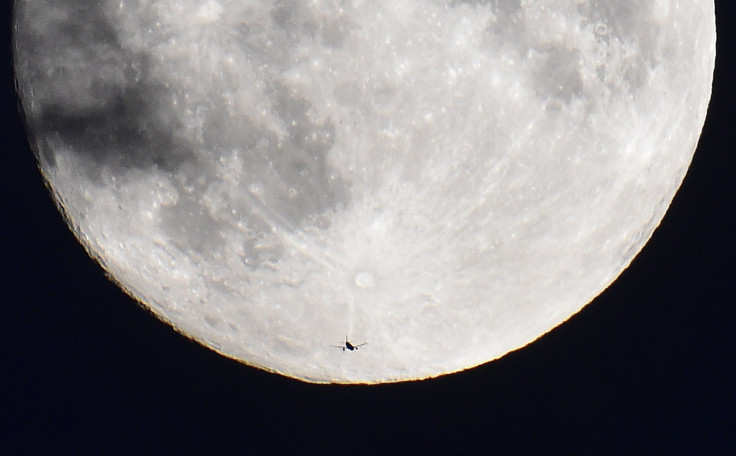Moon’s Permanent Dust Cloud Caused By Irregular Impacts Of Comet Particle

The moon is surrounded by a permanent but irregular dust cloud, which is caused by impacts of comet particles on the lunar surface, according to a new study. Scientists said that the cloud’s density increases during annual meteor shower events on the moon.
The cloud, which was discovered using data from NASA’s Lunar Atmosphere and Dust Environment Explorer (LADEE), is made up of small dust grains lifted up from the moon’s surface when high-speed, interplanetary dust particles hit the satellite, researchers said in the study, published in the journal Nature on Wednesday. According to scientists, a single dust particle from a comet can loft thousands of smaller dust specks in the moon’s airless environment.
“Identifying this permanent dust cloud engulfing the moon was a nice gift from this mission,” Mihaly Horanyi, a physics professor at the University of Colorado at Boulder, and the study’s lead author, said in a statement. “We can carry these findings over to studies of other airless planetary objects like the moons of other planets and asteroids.”
The first hints of lunar dust cloud came in the late 1960s, followed by further details from Apollo astronauts, who reported a significant glow above the moon’s surface just before sunrise. The dust, which is dark and sticky, dirtied the suits of astronauts, who walked on the moon’s surface during the Apollo missions between 1969 and 1972.
However, the latest findings from LADEE do not match with the Apollo reports of a thicker, higher dust cloud, leading Horanyi to conclude that conditions back then may have been different. The LADEE, which was launched in September 2013 and orbited the moon for about six months, charted more than 140,000 impacts of interplanetary dust particles.
Scientist said that knowledge of the moon’s dusty environments, as well as the origin of the dust particles, can help mitigate hazards for future human exploration.
© Copyright IBTimes 2024. All rights reserved.












